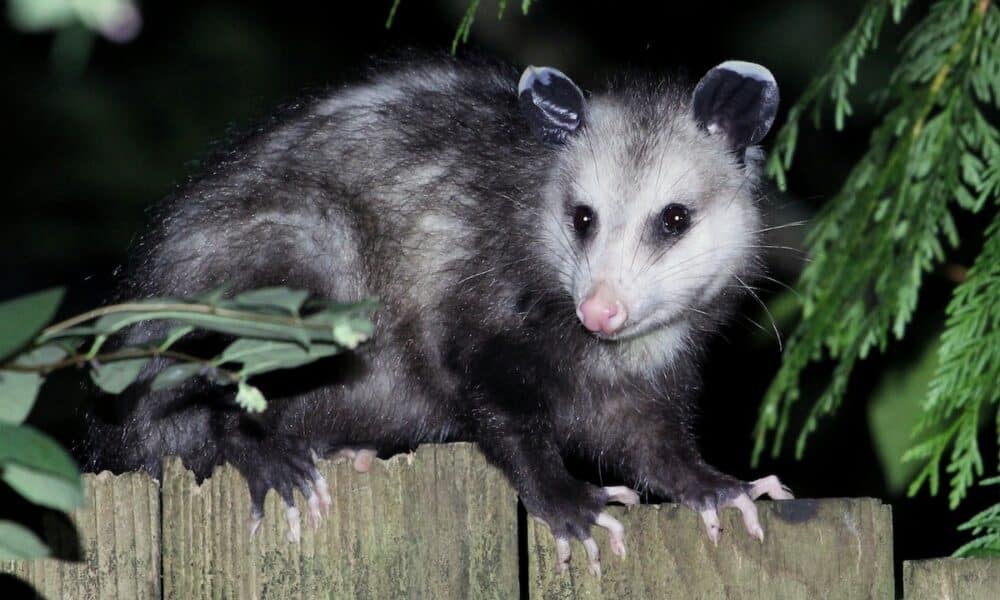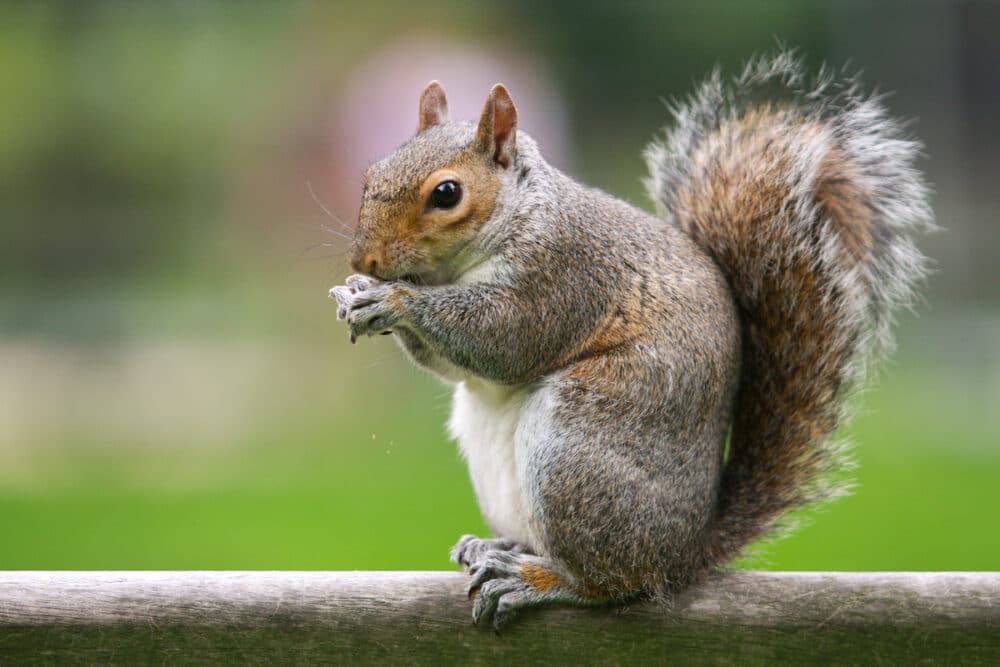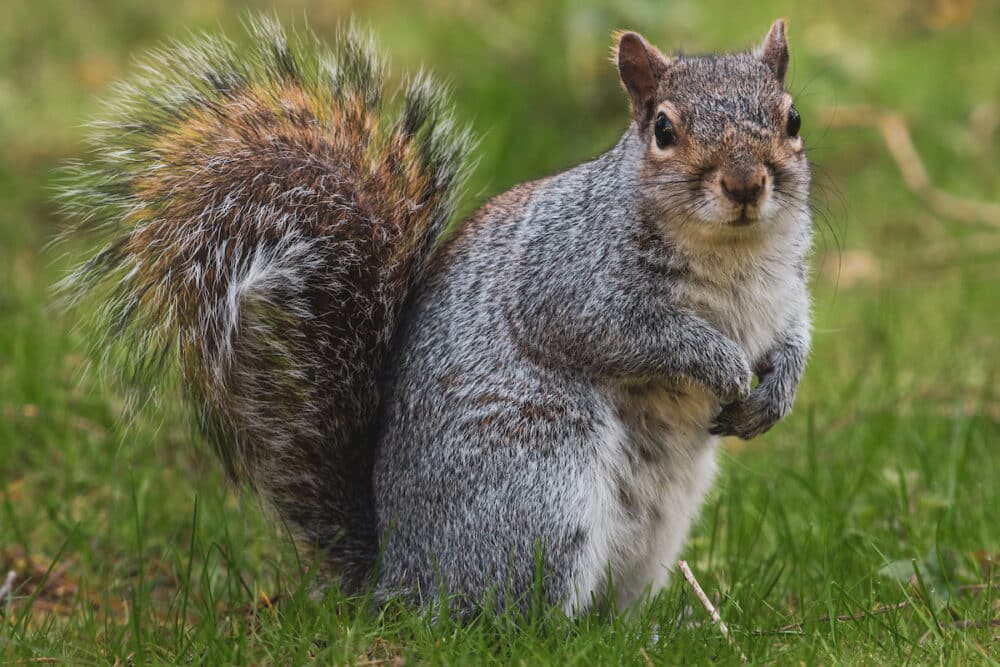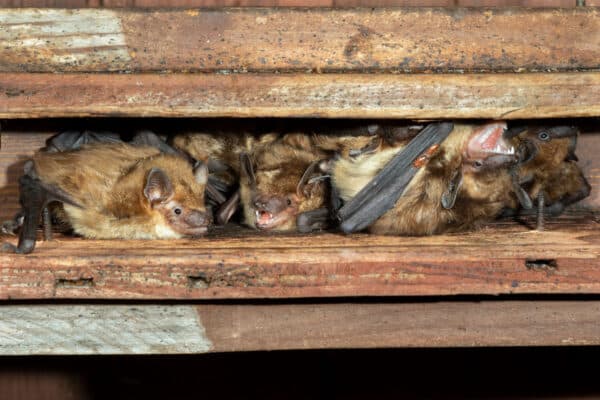
Wildlife can be fascinating to observe in their natural habitat, but when they start encroaching on your home, it can become a serious problem. Uninvited guests such as raccoons, squirrels, bats, and birds can cause damage to your property, create unsanitary conditions, and pose health risks. Wildlife-proofing your home is an essential step in preventing animals from taking up residence in your attic, walls, or yard. While professional wildlife removal services are available for severe infestations, there are several DIY tips for wildlife proofing your home.
In this article, we’ll provide a comprehensive guide with practical tips for wildlife proofing your home, from sealing entry points to maintaining your yard. These steps can help you keep your home safe and wildlife-free.
1. Identify Common Entry Points
Wildlife often enters homes through gaps, cracks, or holes in the building’s exterior. By identifying and sealing these entry points, you can significantly reduce the chances of animals gaining access to your home. Here are some of the most common entry points to look for:
- Roof vents: Birds, bats, and squirrels can easily access your home through vents in the roof. Installing vent covers made of sturdy materials such as metal mesh can help keep them out.
- Chimneys: Raccoons, squirrels, and birds often make their way into homes through chimneys. A chimney cap is an effective solution to prevent animals from entering while still allowing smoke to escape.
- Gaps around doors and windows: Even small gaps around doors and windows can provide enough space for animals like rodents to squeeze through. Weatherstripping and caulking can help seal these gaps and block entry.
- Attic openings: Attics are a favorite spot for wildlife, especially for nesting. Inspect your attic for any gaps or holes, and use wire mesh or hardware cloth to seal openings.
- Crawl spaces and basements: Animals like skunks, opossums, and rats may try to enter your home through crawl spaces or basement windows. Secure any openings with durable covers or grates.
Regularly inspecting these areas and making repairs when needed can prevent wildlife from gaining access to your home.

2. Seal Cracks and Holes
Small cracks and holes in your home’s foundation, walls, or roof can serve as entry points for wildlife. Even the tiniest openings can allow insects, rodents, and small mammals to invade your space. Here’s how to effectively seal these openings:
- Use caulk or sealant: For small cracks and gaps, apply caulk or sealant to fill in the spaces. Silicone-based sealants are particularly effective for outdoor use, as they are weather-resistant.
- Apply hardware cloth: For larger holes or areas where animals are more likely to chew through, use hardware cloth or metal mesh. Secure the mesh with screws or staples to ensure it stays in place.
- Steel wool for rodents: For small openings where rodents might enter, such as around pipes or vents, use steel wool to fill the gap. Rodents cannot chew through steel wool, making it a great barrier.
- Foam sealants: Expanding foam sealants can be used to fill larger gaps or cracks. Once the foam hardens, it creates a solid barrier that animals cannot easily penetrate. Just be sure to trim the excess foam after it has dried.
By thoroughly sealing any cracks or holes in your home’s exterior, you’ll make it much more difficult for wildlife to find a way inside.
3. Install Screens and Covers
Many wildlife species, including birds, bats, and rodents, are drawn to open areas like vents, chimneys, and soffits. Installing screens and covers over these openings is a simple but effective way to keep wildlife out. Here are a few options:
- Chimney caps: A properly installed chimney cap not only prevents animals from entering but also keeps rain and debris out. Make sure to choose a cap made from durable materials like stainless steel.
- Vent covers: Roof and soffit vents are another common entry point for wildlife. Install metal vent covers to block animals from entering while still allowing proper ventilation.
- Window screens: If you like to leave windows open for fresh air, be sure that all your windows have screens. Repair or replace any damaged screens to keep birds, bats, and insects from getting inside.
- Dryer vent covers: Dryer vents are a popular entry point for small animals like birds and rodents. Installing a dryer vent cover with a flapper that only opens when the dryer is in use will help prevent animals from nesting inside.
Screens and covers are an affordable and easy way to block many of the most common entry points for wildlife.
4. Secure Your Trash and Food Sources
One of the primary reasons wildlife invades human spaces is the availability of food. Trash, pet food, birdseed, and compost are all attractive food sources for wildlife. To prevent animals from foraging near your home, follow these tips:
- Use wildlife-proof trash cans: Secure your trash in sturdy, lidded garbage cans that animals can’t easily open. Opt for wildlife-proof trash cans with locking lids or bungee cords.
- Store pet food indoors: Don’t leave pet food outside overnight, as it can attract raccoons, opossums, and other wildlife. Keep pet food stored indoors in airtight containers.
- Feed birds carefully: While bird feeders attract a variety of birds, they can also attract squirrels, rodents, and even larger animals like bears. Use squirrel-proof bird feeders and clean up any spilled seed regularly.
- Compost with care: Compost bins should be securely covered and monitored for signs of animal activity. Avoid adding meat, dairy, or other food scraps that can attract wildlife to your compost pile.
By eliminating easy access to food sources, you’ll reduce the likelihood of wildlife wandering onto your property.
5. Trim Trees and Shrubs
Overgrown trees, shrubs, and vegetation can provide wildlife with easy access to your roof, windows, and other potential entry points. To reduce the risk of animals climbing onto your home, keep your yard well-maintained:
- Trim tree branches: Cut back any tree branches that hang over or near your roof. Squirrels, raccoons, and other animals can use these branches to climb onto your roof and find a way inside.
- Keep shrubs and bushes trimmed: Overgrown bushes can provide cover and shelter for wildlife. Regularly trim shrubs and bushes, especially those near the foundation of your home, to discourage animals from nesting.
- Remove dead wood and brush piles: Piles of dead wood, leaves, or other debris can create a perfect habitat for animals like snakes, rodents, and insects. Clear out any brush or woodpiles from your yard to eliminate these hiding spots.
Maintaining your landscaping not only improves the appearance of your home but also makes it less appealing to wildlife.
6. Install Motion-Activated Lights and Deterrents
Wildlife tends to be more active during the night, especially nocturnal animals like raccoons, skunks, and opossums. Installing motion-activated lights around your property can help deter animals from approaching your home. The sudden brightness can startle wildlife and discourage them from hanging around.
In addition to lights, you can also use other deterrents to keep animals away:
- Ultrasonic repellent devices: These devices emit high-pitched sounds that are uncomfortable for wildlife but typically inaudible to humans. Place them near areas where you’ve noticed wildlife activity.
- Motion-activated sprinklers: These sprinklers activate when they detect movement, spraying a burst of water that can scare animals away without harming them.
- Natural repellents: Some homeowners use natural repellents like predator urine or strong-smelling herbs (such as mint or garlic) to keep animals away. These repellents can be placed around the perimeter of your property.
While no deterrent is foolproof, combining lights, sounds, and other methods can make your home less appealing to wildlife.
7. Protect Your Garden
If you have a garden, it may attract wildlife such as rabbits, deer, and birds looking for an easy meal. Protecting your garden is crucial to wildlife-proofing your property. Here’s how:
- Use fencing: Installing a sturdy fence around your garden can prevent larger animals like deer and rabbits from entering. Make sure the fence is tall enough (at least 6-8 feet for deer) and buried a few inches into the ground to prevent animals from digging underneath.
- Install netting or row covers: Lightweight netting or row covers can help protect plants from birds and smaller animals. These materials are easy to remove when you need to tend to your garden but provide an effective barrier in the meantime.
- Repellents for garden pests: You can also use natural or commercial repellents to keep wildlife away from your garden. Look for products that are safe for plants and non-toxic to humans and pets.
Protecting your garden not only preserves your hard work but also reduces the attraction for wildlife to stay on your property.

8. Regularly Inspect and Maintain Your Home
Following tips for wildlife proofing your home is not a one-time task. To ensure that your home remains protected, it’s essential to perform regular inspections and maintenance:
- Check your roof and attic: Inspect your roof and attic for signs of damage or openings that wildlife could exploit. Repair any damage promptly.
- Examine the foundation: Look for cracks, holes, or gaps in your foundation that could serve as entry points for small animals.
- Monitor your yard: Keep an eye on your yard for signs of animal activity, such as droppings, tracks, or burrows. If you notice signs of wildlife, take immediate action to address the issue before it escalates.
- Maintain barriers: Check any fences, screens, or covers you’ve installed to ensure they’re still in good condition. Over time, weather and wear can weaken these barriers, so repairing or replacing them as necessary is crucial.
- Inspect outdoor structures: If you have sheds, garages, or other outdoor structures, make sure they are wildlife-proof as well. These areas can serve as shelters for animals if left unchecked.
Regular inspections and proactive maintenance will help keep wildlife from finding a way into your home or yard.
9. Humane Wildlife Removal and Prevention
Even with all the best DIY wildlife-proofing practices, there’s still a chance that some animals may find their way onto your property or inside your home. If you encounter wildlife that has already taken up residence, it’s essential to handle the situation humanely and safely.
- Do not attempt to remove large animals yourself: Raccoons, squirrels, bats, and other large animals can carry diseases and may become aggressive if threatened. It’s best to contact a wildlife removal professional for safe and humane removal.
- Use live traps if necessary: If you’re dealing with smaller animals, live traps can be an effective way to capture and relocate them. Be sure to check your local wildlife regulations, as some areas have specific rules regarding the trapping and relocation of animals.
- Prevent re-entry: After removing any animals, make sure to seal off any entry points they may have used to prevent them or other wildlife from returning.
Tips for Wildlife Proofing Your Home
Wildlife-proofing your home is an essential step in protecting your property from potential damage and health hazards caused by unwanted animal intrusions. By following these DIY tips for wildlife proofing you can effectively block entry points, eliminate food sources, and maintain a yard that is less attractive to wildlife.
Remember, regular inspections and proactive measures are key to keeping your home wildlife-free. If you ever face a severe wildlife infestation or need assistance with removal, consider contacting professionals like Covenant Wildlife for expert help. With the right approach, you can ensure that your home remains a safe and secure environment for you and your family—without the worry of unwanted critters.
Wildlife belongs in nature, not inside your home, and with these DIY tips, you’ll be well-equipped to keep it that way! You can also find more about wildlife control and other home maintenance tips in this article.




